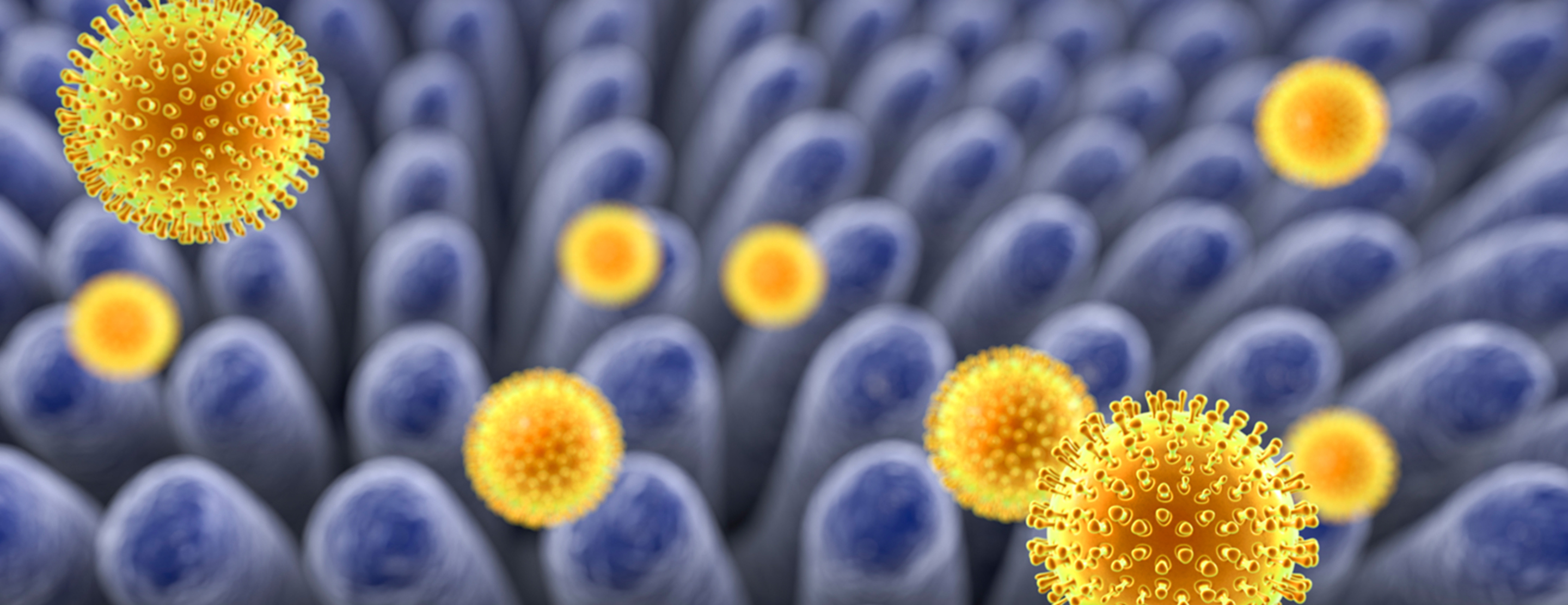
Rotavirus antigen test
Definition
The rotavirus antigen test detects rotavirus in the feces. This is the most common cause of infectious
Alternative Names
Gastroenteritis - rotavirus antigen
How the Test is Performed
There are many ways to collect stool samples.
- You can catch the stool on plastic wrap that is loosely placed over the toilet bowl and held in place by the toilet seat. Then you put the sample into a clean container.
- One type of test kit supplies a special toilet tissue to collect the sample, which is then placed in a container.
- For infants and young children wearing diapers, line the diaper with plastic wrap. Position the plastic wrap to prevent urine and stool from mixing in order to get a better sample.
The sample should be collected while the diarrhea is occurring. Take the sample to the lab to be checked.
How to Prepare for the Test
No special preparation is necessary for this test.
How the Test will Feel
The test involves normal defecation.
Why the Test is Performed
Rotavirus is the leading cause of
Normal Results
Normally, rotavirus is not found in the stool.
Note: Normal value ranges may vary slightly among different laboratories. Some labs use different measurements or test different samples. Talk to your health care provider about the meaning of your specific test results.
What Abnormal Results Mean
Rotavirus in the stool indicates a rotavirus infection is present.
Risks
There are no risks associated with this test.
Considerations
Because rotavirus is easily passed from person to person, take these steps to prevent the germ from spreading:
- Wash your hands well after contact with a child who could be infected.
- Disinfect any surface that has been in contact with stool.
Ask your provider about a vaccine to help prevent severe rotavirus infection in children under 8 months old.
Watch infants and children who have this infection closely for signs of
References
Bass DM. Rotaviruses, calciviruses, and astroviruses. In: Kliegman RM, Stanton BF, St. Geme JW, Schor NF, eds. Nelson Textbook of Pediatrics. 20th ed. Philadelphia, PA: Elsevier; 2016:chap 265.
Bhutta ZA. Acute gastroenteritis in children. In: Kliegman RM, Stanton BF, St. Geme JW, Schor NF, eds. Nelson Textbook of Pediatrics. 20th ed. Philadelphia, PA: Elsevier; 2016:chap 340.
Haines CF, Sears CL. Infectious enteritis and proctocolitis. In: Feldman M, Friedman LS, Brandt LJ, eds. Sleisenger and Fordtran's Gastrointestinal and Liver Disease. 10th ed. Philadelphia, PA: Elsevier Saunders; 2016:chap 110.
Semrad CE. Approach to the patient with diarrhea and malabsorption. In: Goldman L, Schafer AI, eds. Goldman-Cecil Medicine. 25th ed. Philadelphia, PA: Elsevier Saunders; 2016:chap 140.
Review Date: 04/10/2018
The information provided herein should not be used during any medical emergency or for the diagnosis or treatment of any medical condition. A licensed physician should be consulted for diagnosis and treatment of any and all medical conditions. Call 911 for all medical emergencies. Links to other sites are provided for information only -- they do not constitute endorsements of those other sites. Copyright ©2019 A.D.A.M., Inc., as modified by University of California San Francisco. Any duplication or distribution of the information contained herein is strictly prohibited.
Information developed by A.D.A.M., Inc. regarding tests and test results may not directly correspond with information provided by UCSF Health. Please discuss with your doctor any questions or concerns you may have.





